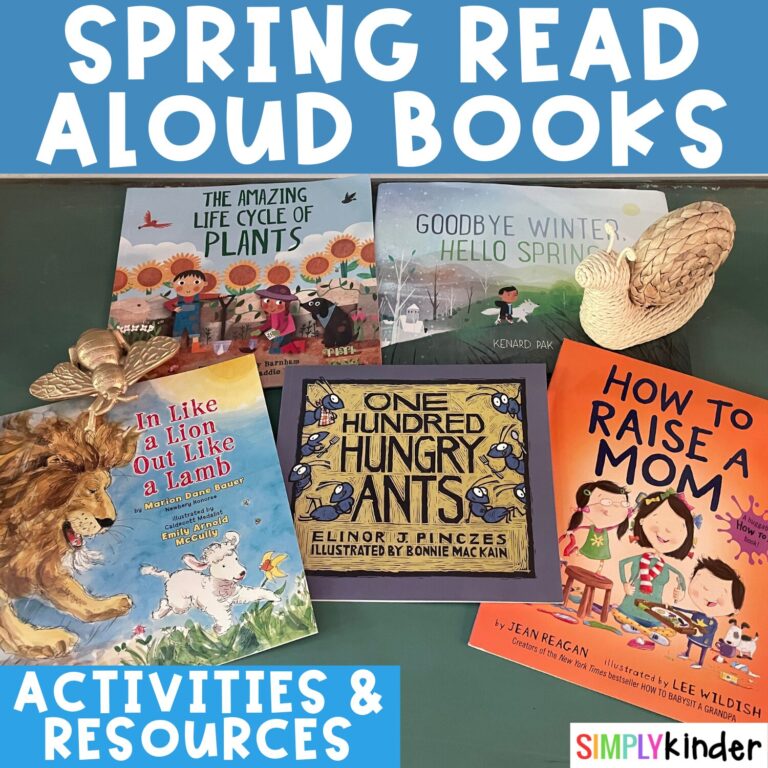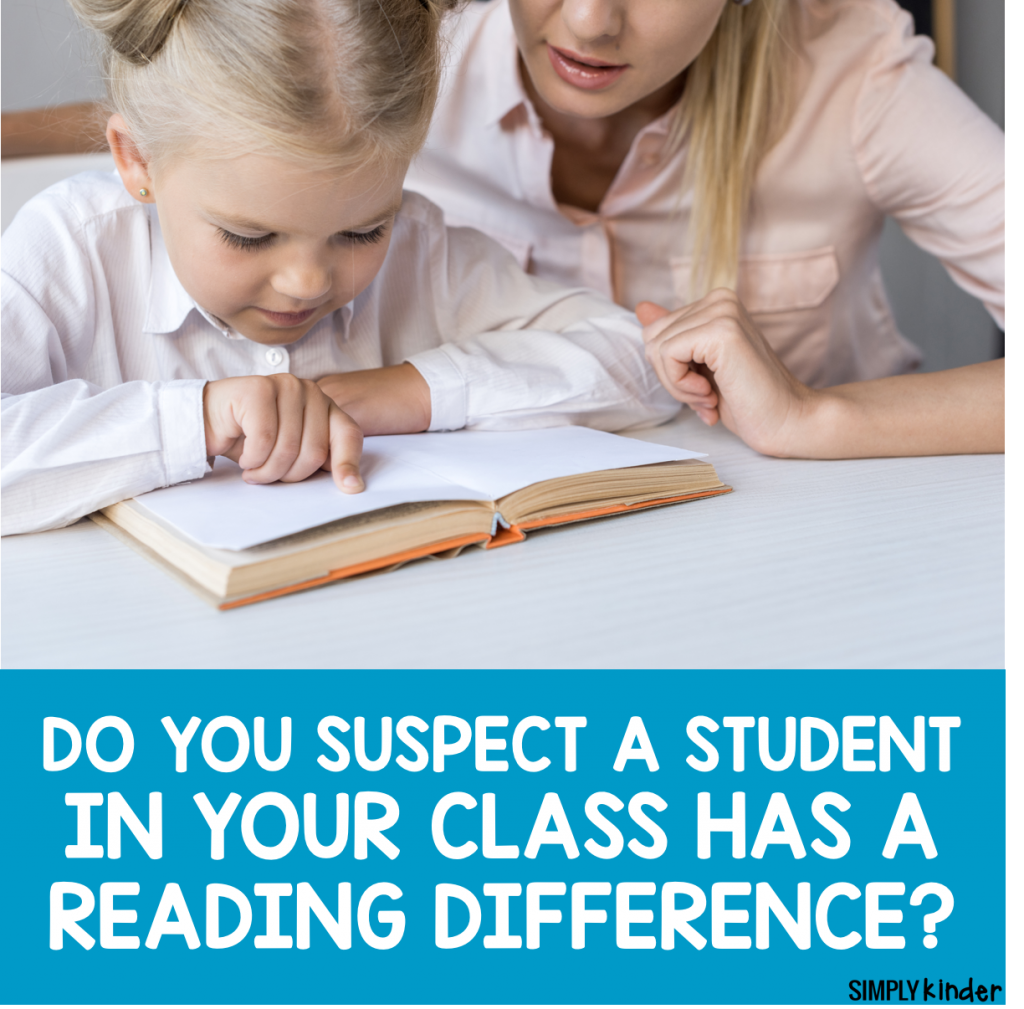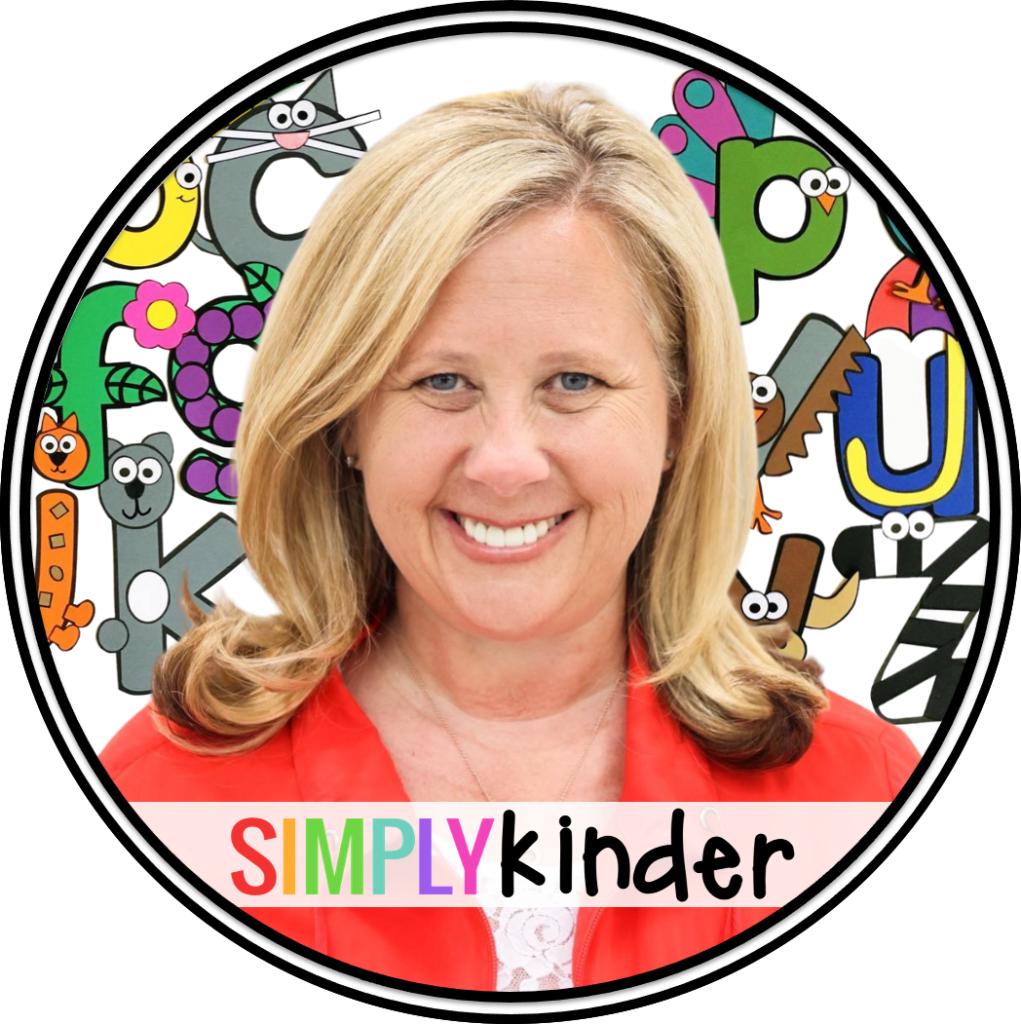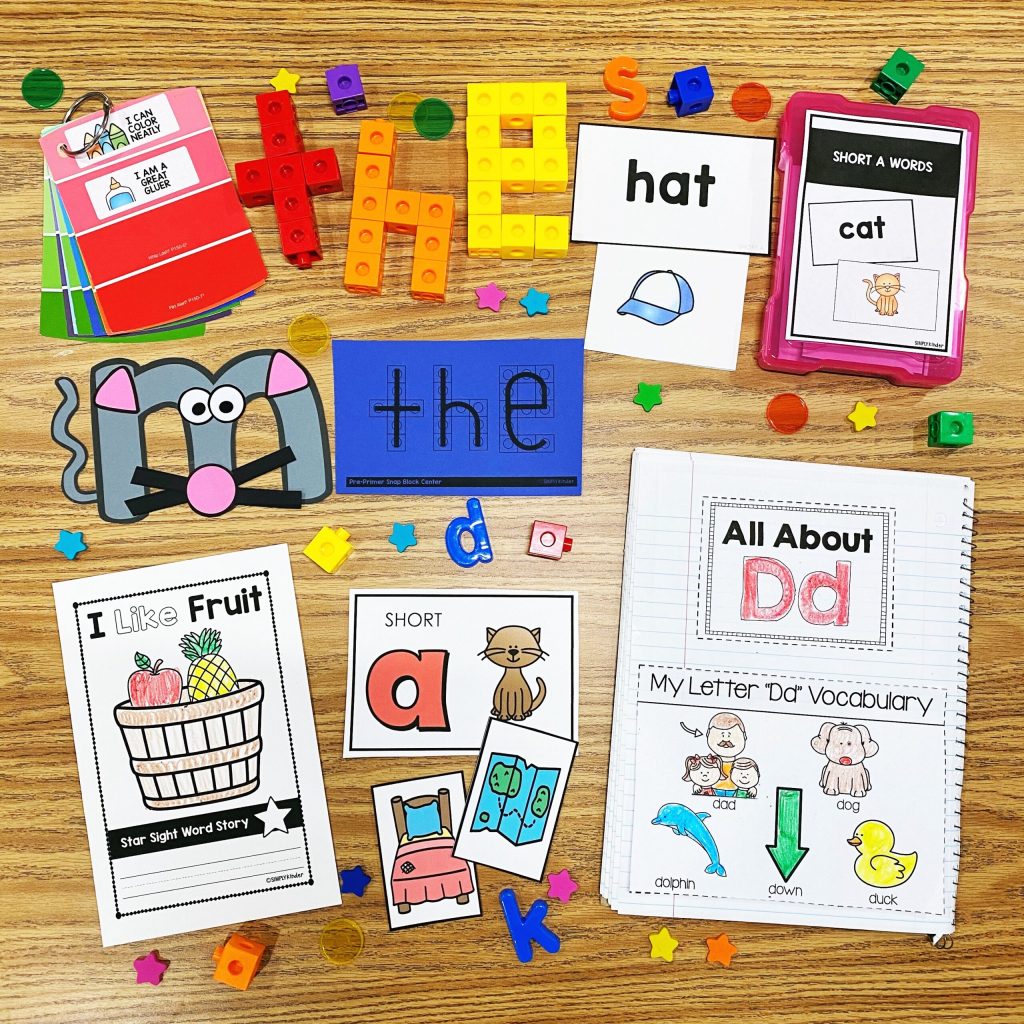
Home » Early Screening For Reading Success
If you have a child who is not grasping letter sounds, has no phonemic awareness, and is just not getting it in reading – this article is for you. The importance of early screening for children who may be at risk for dyslexia or other reading disabilities in your classrooms is imperative. This is an important topic, especially for early childhood classroom educators.
I’m Emily from The Literacy Nest. As a CDP, Certified Dyslexia Practitioner, I work with children who have dyslexia, mainly in a 1:1 setting. Many of the students I have worked with over the years came to me after things started falling down for them around third or fourth grade. They simply couldn’t keep up with the greater demands and text complexity. Old compensatory habits like memorizing a whole bunch of words simply weren’t working for them any longer. They felt scared, frustrated, and confused. Most of all, by this time, they started comparing themselves to their peers and even questioned their own intelligence. The social-emotional side began to creep in as a result.
These same kids may have had teachers who’ve noticed them wave a red flag for a reading disability early on. They may have had parents seeking testing in the early grades, but were either told to wait or were given a variety of unsuccessful or inconsistent interventions. We know that family life can play a role as well, but I am not going to discuss that today.
I am here today to tell you this. We can no longer continue with a wait to fail model that many schools still use. Instead, let’s put forth a preventative model where we screen, which will equip us to be able to identify these kids. A preventative model will alleviate the scenario I described above. No child should have to wait to receive the appropriate interventions they need and deserve until they have faltered for the first few years of their school career.
Here is why the wait to fail model simply does not work.
1. It takes longer to remediate a child who is older than one who’s been identified as having a reading disability early. A younger child’s brain between the age of 4-7 has a brain that is primed for language. They have plasticity in their brain that makes it malleable and easy to transform. The older a child gets, the less malleable the brain is to create new neural pathways when you institute a multi-sensory approach to reading. It isn’t impossible. It just takes a bit longer.
2. It’s more costly over time.
3. It could mean retention, which has been proven data to be harmful long-term.
4. The social/emotional piece to the puzzle begins to take a serious toll on a child.
For more information on the wait to fail model, click here and here.
What should we do instead?

Early childhood educators play a key role. That means you, their kindergarten teacher need to be proactive. You have the privilege of working with these wonderful five and six-year-olds. It’s a tough job. I always say you can spot a kindergarten teacher a mile away. There’s just something extra special about you, and I truly appreciate the work you do every day.
If you suspect a child in your class may be dyslexic or is having any kind of reading difficulty, you can screen them to see if they show some of the red flags. I’m not asking you to make a diagnosis. That is a very different thing. I’m talking about finding the weak areas that are putting them at risk for reading failure.
A good friend described early screening to me recently like this. Think about what happens after you have a baby. EVERY baby gets the newborn hearing screening. Someone takes your new little bundle of joy and checks to see if they show signs of hearing loss. If they pass, great! You get a little certificate, an informational handout and no one is going to need to dig any deeper unless an injury crops up or something like that. If a baby doesn’t pass the newborn screening, then that is a different story. They might repeat the screening and do additional testing to confirm hearing loss. Your baby will be checked to see what the appropriate medical interventions will be to help them.
Now, imagine the current kindergarten screening process including a subset that would screen every child for a reading disability like dyslexia. If a child is found having weak phonological awareness in an early screening, then what will teachers do for that child? Intense, phonological awareness intervention in K, 1 and even 2. Most children will benefit from focused instruction on phonological awareness tasks in those grades anyway. A particular emphasis on phonemic awareness is especially critical. It is the number one early predictor of early reading success. If you could choose any area of literacy to work on this year as a kindergarten teacher, it’s PHONEMIC AWARENESS. So, if you have children showing weakness in phonological awareness, you are going to hit that kiddo hard with deep intervention over a period of time. The whole class will benefit, but the ones with the weakness will REALLY need this from you.
If your school is ready to screen children to see if they are at risk for reading failure, there are screening tools out there, and some aren’t that expensive. There needs to be consistent use across the grade level and at the district level, whichever the screening measures you choose. Keep in mind, this is not testing for special education eligibility. It’s creating a system much like the newborn hearing screening. So, if you suspect any child in your room is waving the red flags for a reading disability, you can take action. Remember: Earlier is ALWAYS better.
Here is a list of early screening assessments you may wish to consider:
1. DIBELS Dynamic Indicators of Basic Early Literacy Skills (You can use the free version easily.)
2. Shaywitz Dyslexia Screener: Dr. Sally Shaywitz has a dyslexia screening tool out for use in the early grades that may be worth looking into. Dr. Shaywitz is the author of Overcoming Dyslexia.
3. PALS Early Literacy Screener
4. PAR Predictive Assessment of Reading
What are the skills being assessed in these screenings tools that will give you an idea of whether a child has weak phonological awareness?
• Letter Word Calling
• Phonemic Awareness
• Rapid Naming Fluency
• Picture Naming
Here comes the exciting part, once you have given the screener, you will have data to be able to put a plan of action to put into place for your kindergartens! The ones who show weakness in areas listed above is going to receive more intense support in a small group. Most of all, what are you going to focus on for reading success? If you said, “Phonemic awareness,” then you are right on track! To learn more about phonemic awareness for struggling readers, you may be interested in my six-part series on this critical literacy topic. Click here to get more information.
Does your school have an early literacy screening tool in place? I’d love to hear about it what you are using. Feel free to leave comments or questions in the comments. Have a great day!
Until every child can read,


With Unmatched Printables & Engaging Classroom Ideas, Simply Kinder is your TRUSTED TEAMMATE.

Get our emails loaded with free resources, teaching ideas, and so much more!

You might also like: